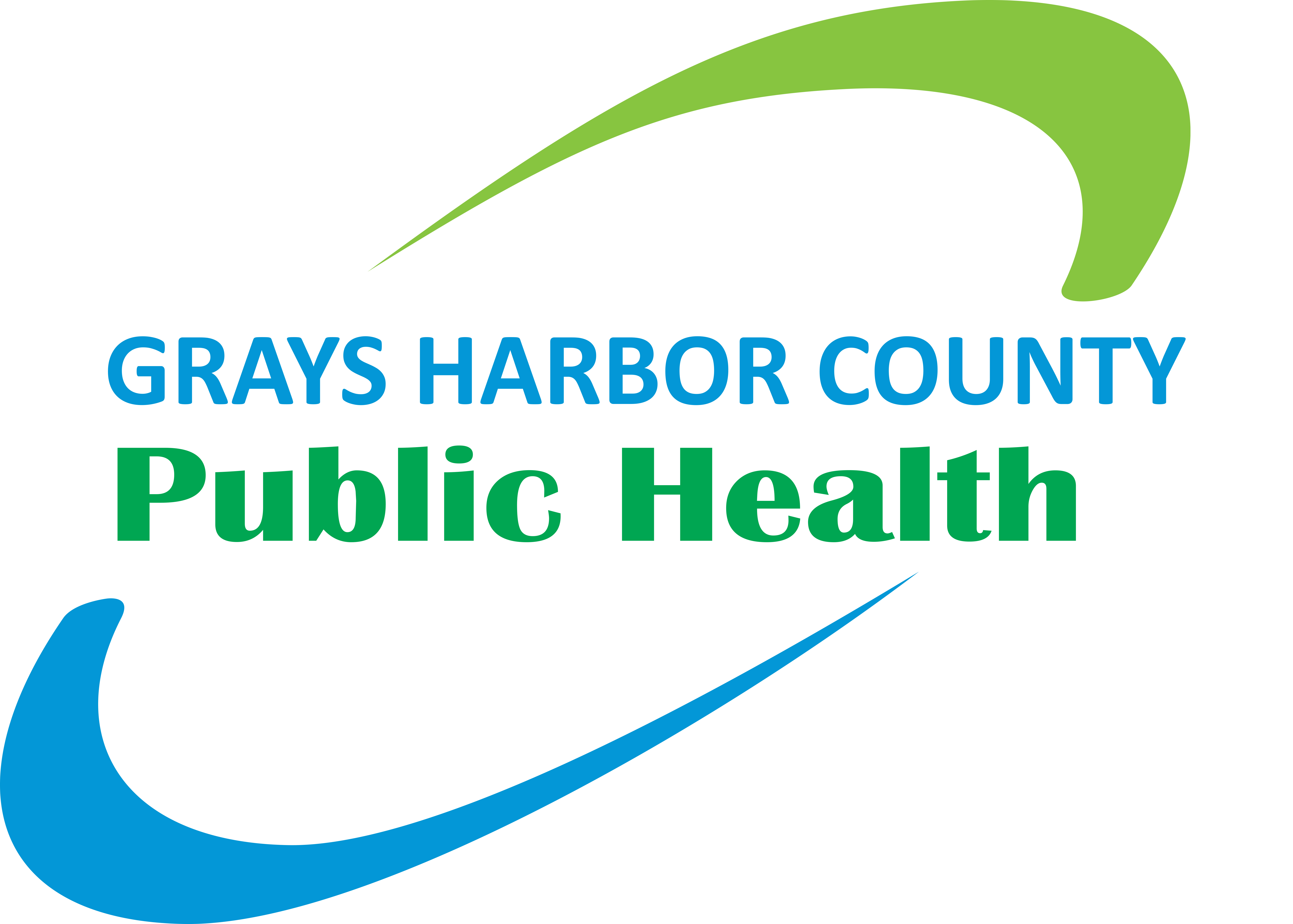
Background
Over several days in late September 2024, Hurricane Helene caused extensive damage to the southeastern United States. The storm affected the Baxter International’s North Cove facility in North Carolina, the largest manufacturer of peritoneal dialysis and intravenous solutions in the United States, halting production. Additional supply disruption may occur in the aftermath of Hurricane Milton.
Recommendations for Healthcare Providers, Pharmacists, and Healthcare Facility Administrators in Healthcare Facilities
- Assess inventory, supply, and conserve available IV solutions.
- Determine the type of IV solutions your pharmacy or facility uses, including expiration dates, and whether this supply disruption will impact your facility.
- Monitor current and future supplies of IV solutions at your facility.
- Report any potential shortages or interruptions to the Food and Drug Administration (FDA) at DrugShortages@fda.hhs.gov.
- Implement a facility-specific action plan to optimize the use of IV solutions using evidence-based fluid management protocols.
- Evaluate all protocols, including the clinical need to continue IV fluid replacement at every shift change, bag change, and during the transition of care unless clinically necessary.
- Ensure that advisory committees with appropriate authorities are established to determine complex issues in supply disruptions and allocation of limited resources and patient triage as needed.
- Use oral formulations when IV options are not available and when appropriate and safe.
- Identify safe and effective alternative IV options (e.g., working with a nearby facility or licensed manufacturer who is not affected by the supply disruption).
- Review standing orders, including drug records and order sets.
- Ensure thorough documentation of the situation, including consumption of IV solutions.
- See FDA’s Temporary Policies for Compounding Certain Parenteral Drug Products, for compounders to help fill the gaps from the impact of Hurricane Helene on Baxter International’s North Cove facility.
Recommendations for Providers and Administrators in Dialysis Facilities
- Assess and monitor inventory of available PD solutions.
- Review current practices to identify changes that extend the PD solution supply safely.
- Monitor current and future supplies of PD solutions.
- Report any interruptions to the FDA at DrugShortages@fda.hhs.gov.
- Implement an action plan for emergency PD treatment protocols
- Assess emergency PD protocols.
- Ensure optimal PD catheter function and flow of all patients to maximize ultrafiltration and solute exchange (malposition, etc.).
- Optimize prescriptions; overall approaches should prioritize bag-sparing rather than solution-sparing.
- For example, consider changing dwell times rather than adding a PD solution bag if a prescription change is needed for a patient.
- Monitor patients closely after prescription adjustments, including phone check-ins.
- Communicate with patients receiving peritoneal dialysis at home and their care providers.
- Assess supplies and provide a mechanism to notify their provider of insufficient supplies.
- Provide education and training to patients and their care providers regarding any changes in PD bags or associated products (e.g., adaptors, tubing, etc.) used for their treatments.
- Consider options for individual patients, keeping safety in mind.
- Continuous ambulatory PD (CAPD) may be a good option for some patients.
- Transitioning to hemodialysis (HD) should be avoided as much as possible. However, if adjustment of PD prescription has been explored and exhausted, a temporary transition to HD may be necessary if the available supply is insufficient to provide adequate PD.
- Reinforce patient safety principles when not using usual products and procedures to prevent patient injury and medical errors.
Recommendations for State, Tribal, Local, and Territorial Health Departments
- Maintain situational awareness of the severity of the supply disruption and implement strategies.
- Where possible, facilitate communication across health systems within the jurisdictions related to acute supply needs.
For More Information
General Information
- Baxter International:
- Hurricane Helene Updates | Baxter
- Medical Information Letter for Healthcare Facilities, September 30, 2024 9-30_Medical Information Letter.pdf
- Medical Information Letter for Home Dialysis Customers, September 30, 2024 10-1_RenalMedical Information Letter.pdf
- Department of Health and Human Services, Letter to Health Care Leaders and Stakeholders on Impacts of Hurricane Helene from Secretary Becerra | HHS.gov October 9, 2024
- Center for Drug Evaluation and Research (CDER) | FDA
For U.S. Healthcare Settings, including Dialysis
- American Society of Health-System Pharmacists: Small- and Large-Volume Fluid Shortages – Suggestions for Management and Conservation – ASHP
- Food and Drug Administration
- Administration for Strategic Preparedness and Response, the Technical Resources, Assistance Center, and Information Exchange (TRACIE)
- American Society of Clinical Oncology. Resources for Care Providers
- Centers for Medicare and Medicaid Services. Emergency Preparedness & Response Operations
- Centers for Disease Control and Prevention. Preventing Unsafe Injection Practices | Injection Safety | CDC.
- The Joint Commission. Communicating Clearly and Effectively to Patients
- American Society of Nephrology: Interim strategies for peritoneal dialysis (PD) solution used for prevalent patients undergoing PD; Society News, October 7. 2024.
- American Society of Pediatric Nephrology: Interim Guidance on PD solution conservation during Supply Shortage
For U.S. Public Health Departments
- Association of State and Territorial Health Officials: Improving Access to Critical Medications: A Policy Toolkit for Health Agency Program Leadership | ASTHO
